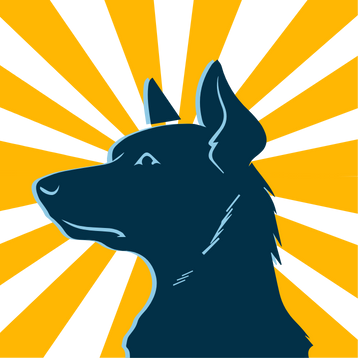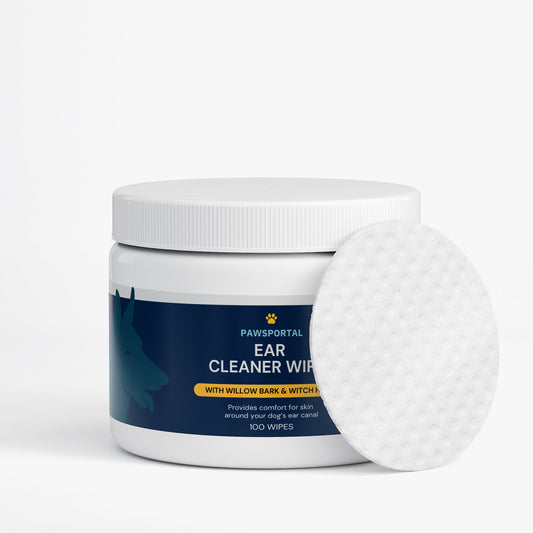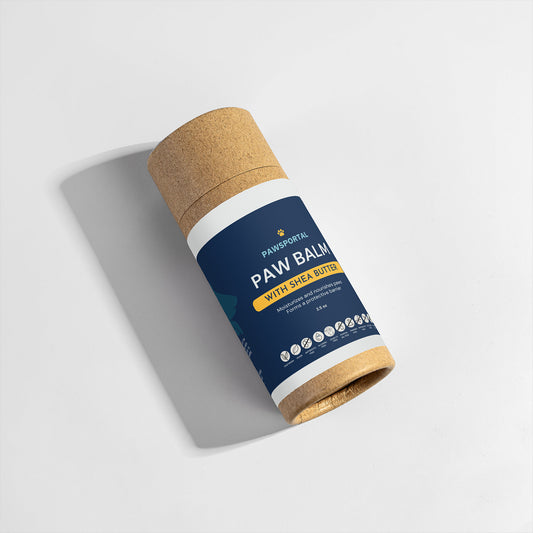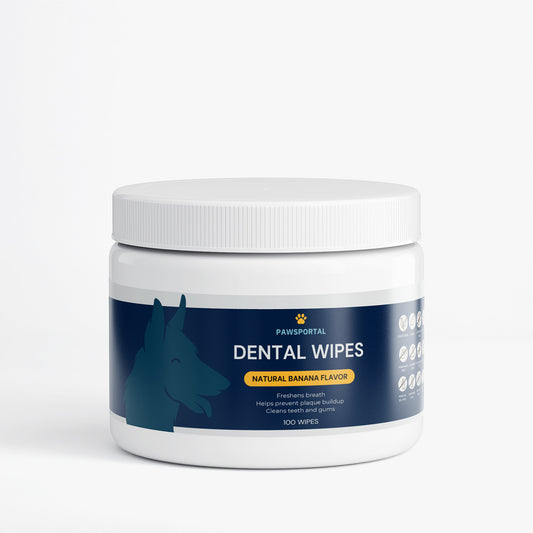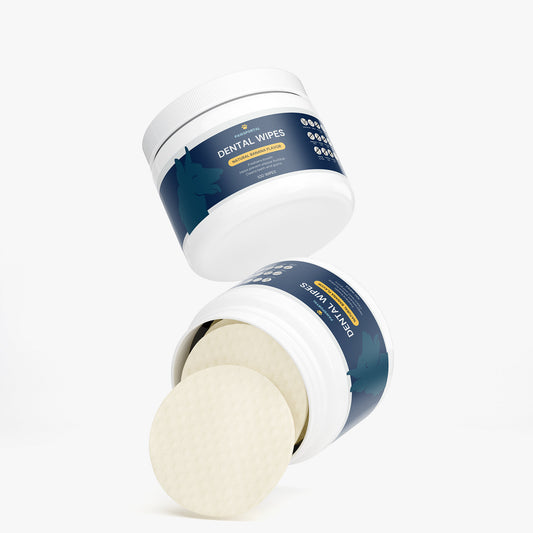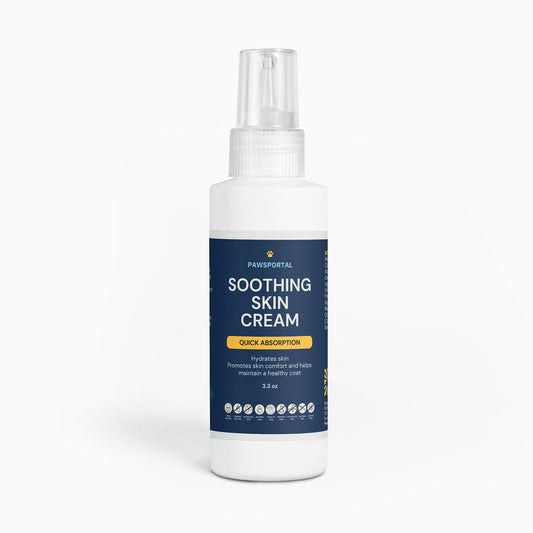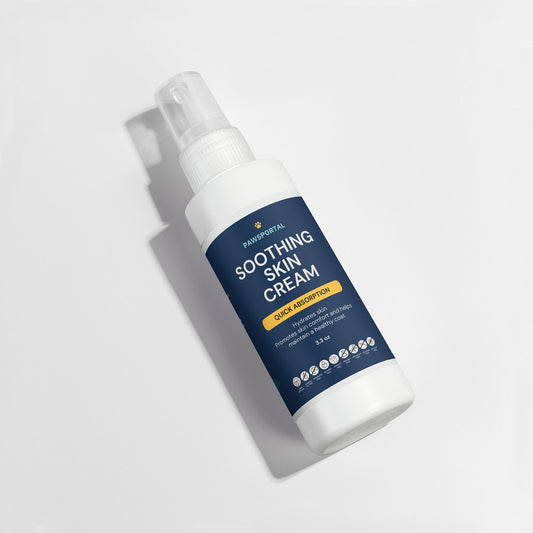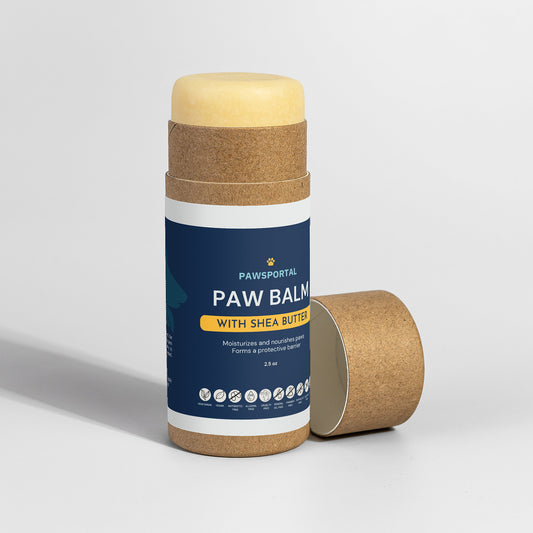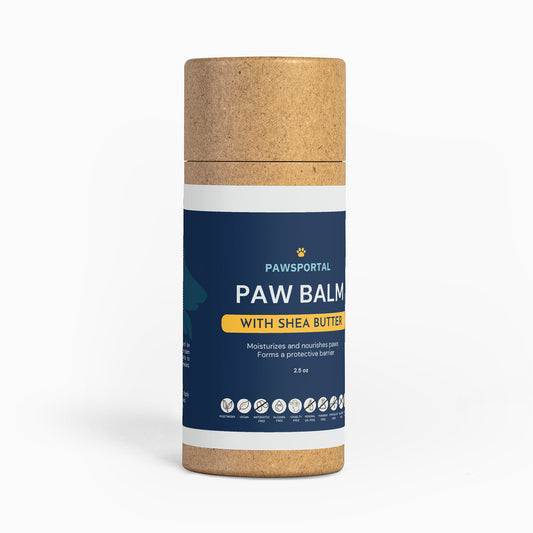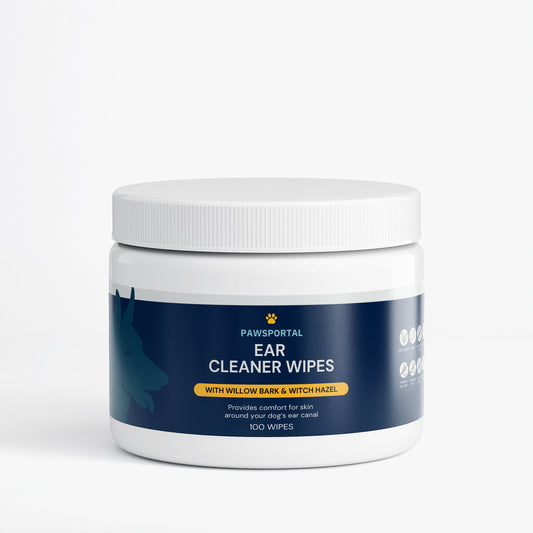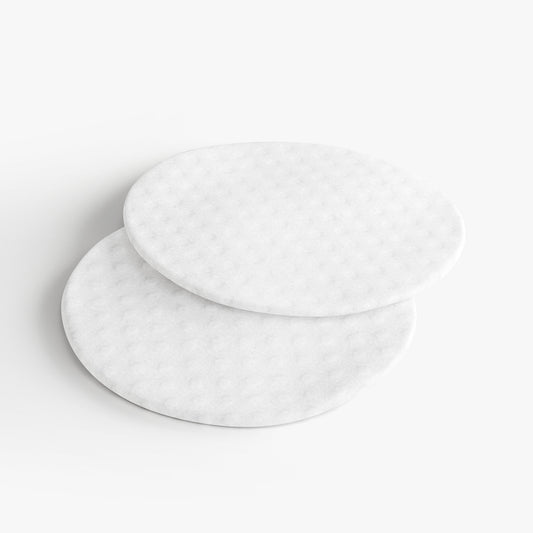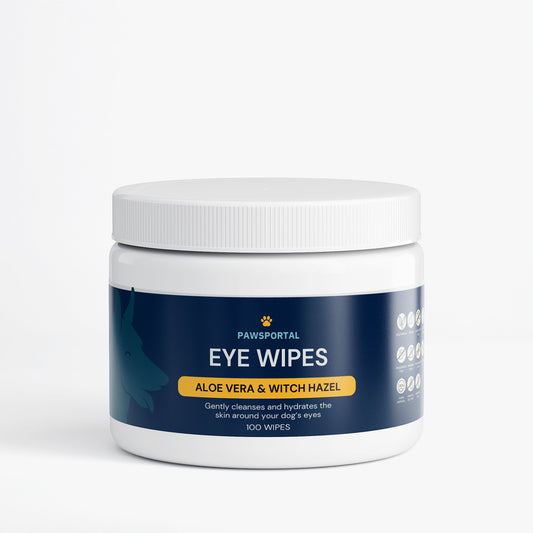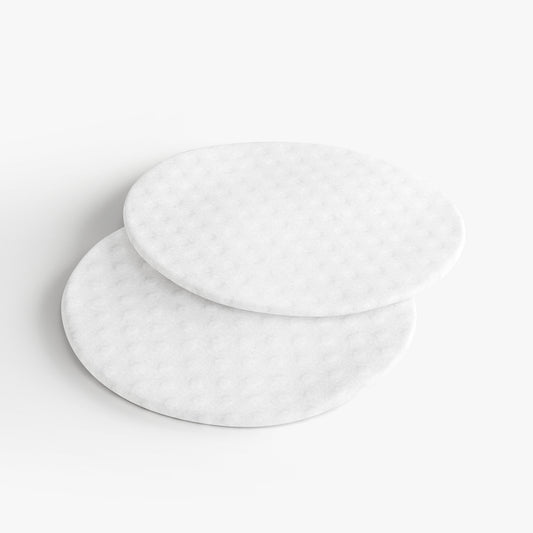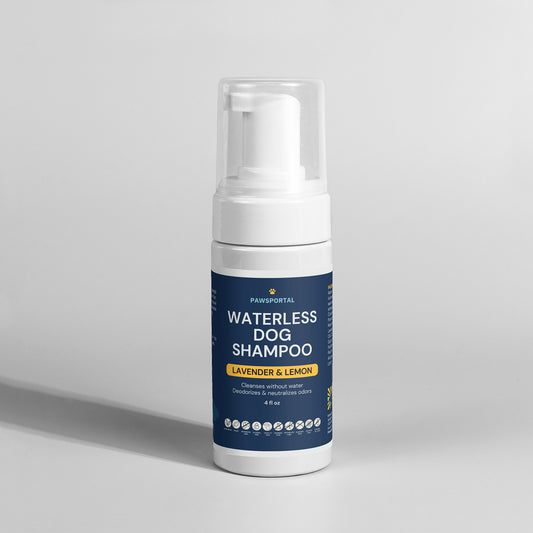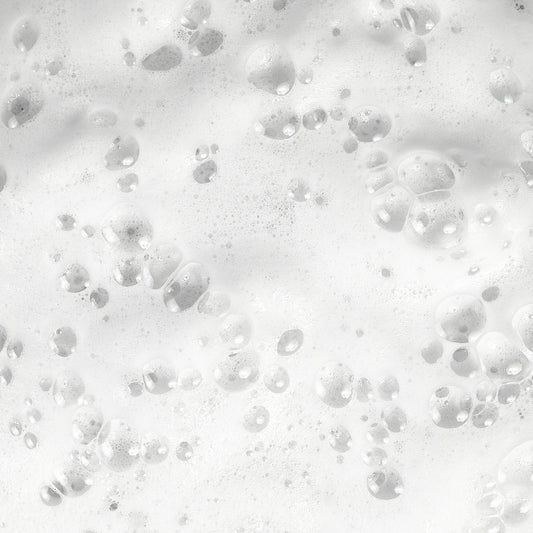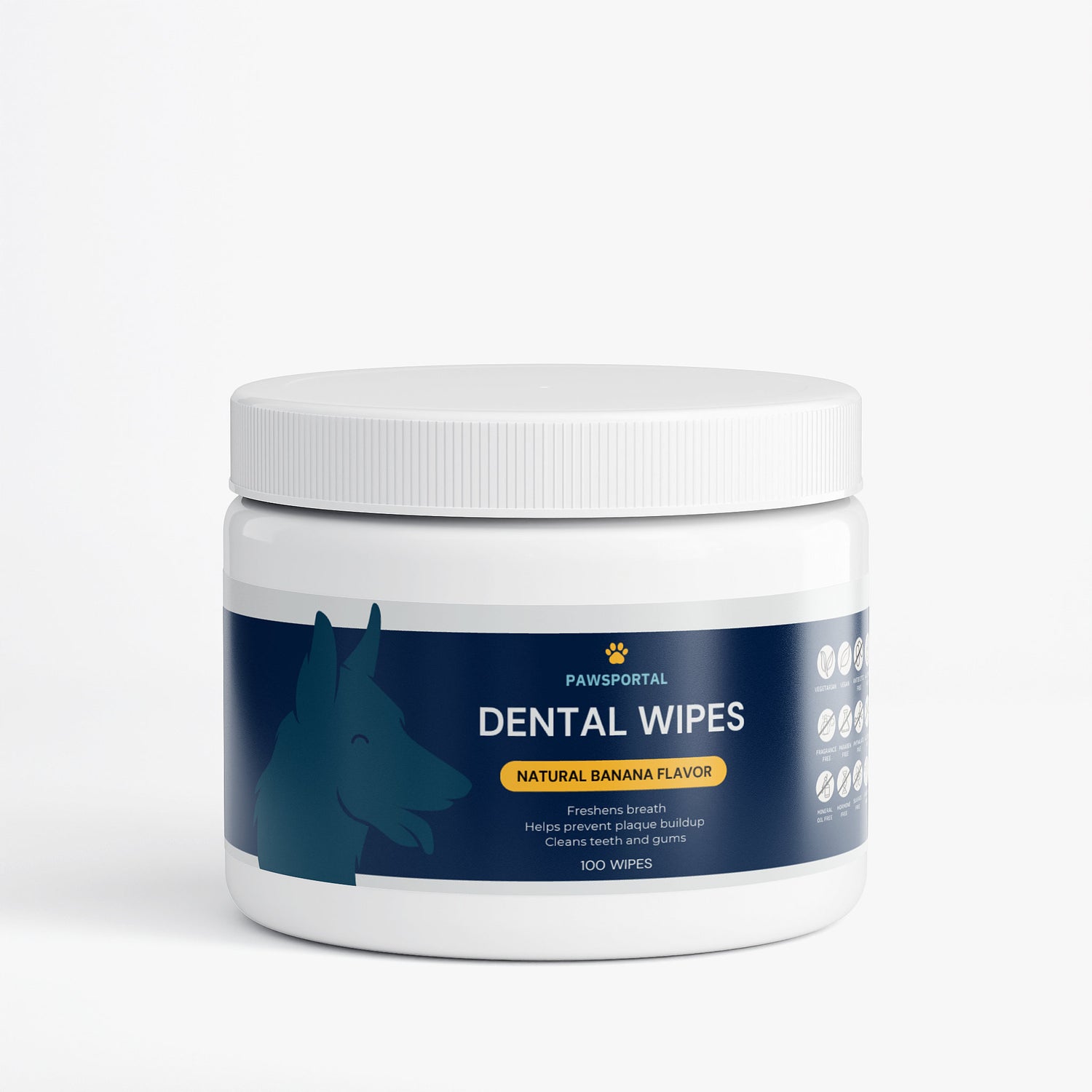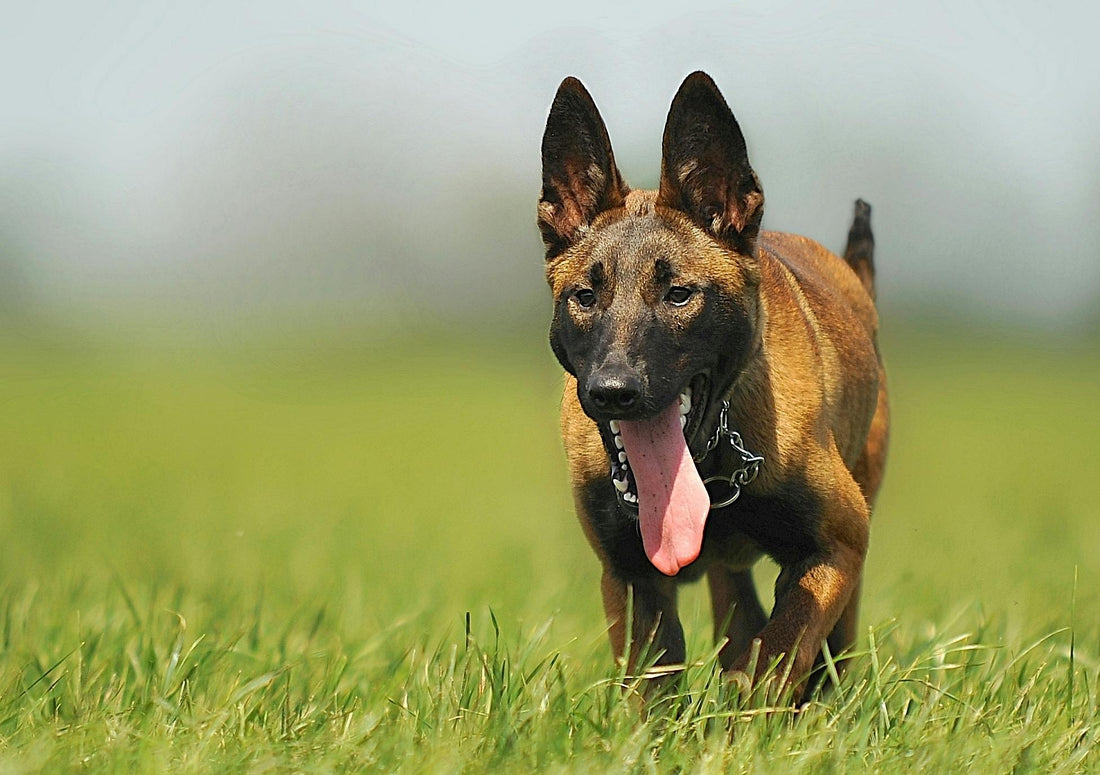
The Comprehensive Guide to Belgian Malinois
Share
Belgian Malinois, often referred to as "Mals," are renowned for their intelligence, agility, and unwavering loyalty. These dogs have captured global attention not only as working partners in military and police operations but also as devoted family companions. Did you know that a Belgian Malinois named Cairo played a pivotal role in the 2011 operation that led to the capture of Osama bin Laden? This breed’s combination of athleticism, trainability, and protective instincts makes it a standout choice for active individuals seeking a dynamic canine companion. However, their high energy and need for mental stimulation require committed owners who understand their unique demands.
This guide delves into every aspect of the Belgian Malinois, from their historical roots in Belgium to their modern-day roles as working dogs and family pets.
______________________________________________________________________________________________

Origins and Historical Significance of the Belgian Malinois
Contrary to occasional misconceptions, the Belgian Malinois originates from the city of Malines (Mechelen) in Belgium, not France or the Netherlands. Developed in the late 19th century, these dogs were bred as herding companions for Belgian shepherds. Their name, Malinois, directly references their geographic roots. During World War I, their roles expanded beyond herding to include messenger duties, search-and-rescue operations, and even guarding borders—a testament to their versatility and intelligence.
The breed’s standardization began in 1892 when Professor Adolphe Reul outlined key traits: a square, medium-sized frame, triangular ears, and dark-brown eyes. Initially grouped with three other Belgian Shepherd varieties (Tervuren, Groenendael, and Laekenois), the Malinois was distinguished by its short, fawn-colored coat and black mask. By the early 20th century, their reputation as diligent working dogs led to their adoption by police and military units worldwide, including the U.S. Secret Service, where Hurricane, a decorated Malinois, served for over a decade.
______________________________________________________________________________________________
Physical Attributes: Form Meets Function
Size and Build
Belgian Malinois exhibit a lean, muscular build optimized for endurance and agility. Males typically stand 24–26 inches tall and weigh 55–75 pounds, while females measure 22–24 inches and 40–60 pounds. Their square proportions—height at the withers nearly equal to body length—enable quick directional changes, crucial for herding and detection work.
Coat and Coloration
The Malinois’ short, double-layered coat is weather-resistant, with a dense undercoat that insulates against harsh climates. The fur is slightly longer around the neck (forming a subtle ruff) and the tail. Standard colors include rich fawn, mahogany, or red with black-tipped hairs, giving a "charred" overlay effect. A distinctive black mask and ears contrast sharply with their facial features, enhancing their alert expression.
Eyes and Ears
Their almond-shaped eyes, often brown but occasionally amber or blue, exude intelligence and focus. Erect, triangular ears contribute to their keen auditory perception, allowing them to detect subtle sounds during fieldwork.
______________________________________________________________________________________________
Temperament: Balancing Loyalty and Drive
Intelligence and Trainability
Ranked among the most intelligent dog breeds, Belgian Malinois excel in obedience, agility, and specialized tasks like explosive detection. Their ability to learn commands quickly—often within five repetitions—makes them favorites for competitive dog sports and law enforcement. However, this intelligence demands consistent mental stimulation; without it, they may resort to destructive behaviors like chewing or digging.
Energy and Work Ethic
Mals thrive on activity, requiring 2+ hours of vigorous exercise daily. Their lineage as herding dogs means they possess boundless energy, suited for running, hiking, or advanced training regimens. A Malinois left unexercised may develop anxiety or hyperactivity, underscoring the need for an active lifestyle.
Protective Instincts and Socialization
While deeply loyal to their families, Malinois can be reserved around strangers. Early socialization is critical to prevent over-protectiveness. Exposure to diverse environments, people, and animals during puppyhood helps temper their natural wariness, ensuring they remain confident yet controlled.
______________________________________________________________________________________________

Holistic Care Strategies for Optimal Health
Common Health Concerns
- Hip and Elbow Dysplasia: Genetic joint issues prevalent in active breeds. Regular vet check-ups and weight management can mitigate risks.
- Progressive Retinal Atrophy (PRA): A degenerative eye condition. Annual ophthalmologic exams are recommended.
- MDR1 Gene Mutation: This genetic trait causes sensitivity to certain medications (e.g., ivermectin). DNA testing is advised.
Integrative Wellness Approaches
1. Nutrition: High-protein diets (25–30% protein) support muscle maintenance. Omega-3 supplements promote joint and coat health.
2. Alternative Therapies:
- Acupuncture: Manages pain from dysplasia or injuries.
- Chiropractic Care: Enhances mobility for agility dogs.
3. Preventative Measures: Regular dental cleanings, parasite prevention, and annual bloodwork to catch issues early.
______________________________________________________________________________________________
Training and Enrichment: Channeling Natural Instincts
Positive Reinforcement Techniques
Malinois respond best to reward-based training. Use treats, toys, or praise to reinforce desired behaviors. Harsh corrections can damage trust and exacerbate stubbornness.
Advanced Skill Development
- Agility Training: Navigate obstacle courses to build coordination.
- Scent Work: Hide treats or toys to engage their olfactory prowess.
- Schutzhund: A sport combining tracking, obedience, and protection exercises, ideal for mentally stimulating working-line Mals.
Socialization Protocols
- Puppy Classes: Introduce basic commands and peer interaction.
- Controlled Exposure: Gradually introduce new environments (e.g., busy parks, urban settings) to reduce reactivity.
______________________________________________________________________________________________

Grooming and Maintenance
Coat Care
- Brushing: Weekly sessions with a slicker brush reduce shedding. During seasonal blows (spring/fall), daily brushing is necessary.
- Bathing: Every 6–8 weeks using a mild shampoo to preserve natural oils. Overbathing can cause skin irritation.
Additional Grooming Needs
- Nail Trimming: Every 3–4 weeks to prevent overgrowth and joint stress.
- Ear Cleaning: Biweekly checks for debris or infection, especially after swimming.
______________________________________________________________________________________________
Nutritional Guidelines for Active Mals
Dietary Requirements
- Protein Sources: Lean meats like chicken, turkey, or fish.
- Fats: Omega-3 and -6 fatty acids for energy and coat health.
- Carbohydrates: Whole grains (e.g., brown rice, oats) for sustained activity.
Holistic Additions
- Probiotics: Support gut health, particularly for dogs prone to stress-related digestive issues.
- Antioxidant-Rich Foods: Blueberries or sweet potatoes combat free radicals from intense exercise.
______________________________________________________________________________________________
Lifestyle Compatibility: Is a Malinois Right for You?
Ideal Home Environment
- Space: Secure yard with high fencing (6+ feet) to prevent escapes.
- Activity Level: Owners committed to daily rigorous exercise and training.
- Experience: Prior knowledge of working breeds is advantageous.
Challenges to Consider
- Time Investment: Mals demand significant attention and engagement.
- Herding Behaviors: May nip at children or pets during play. Training can redirect this instinct.
______________________________________________________________________________________________
Embracing the Malinois Journey
Belgian Malinois are not casual pets but lifelong partners for those willing to meet their physical and intellectual needs. For the millennial dog mom who values adventure, structure, and holistic care, a Malinois offers unmatched loyalty and capability. By integrating science-backed wellness practices, proactive training, and ample outdoor activity, you can foster a fulfilling relationship with this extraordinary breed.
Whether you’re drawn to their historical significance, athletic prowess, or protective nature, responsible ownership begins with education. Consult reputable breeders, engage in continuous training, and prioritize preventive health measures to ensure your Malinois thrives as both a working companion and a beloved family member.
______________________________________________________________________________________________
RELATED ARTICLES
- https://www.malinoisclub.com/abmc/about-malinois/history/
- https://www.vetamerikan.org/our-best-friends/cat-types/belgian-malinois
- https://www.britannica.com/animal/Belgian-Malinois
- https://www.hillspet.com/dog-care/dog-breeds/belgian-malinois
- https://www.hillspet.ca/en-ca/dog-care/dog-breeds/belgian-malinois
- https://mightypaw.com/blogs/news/how-belgian-malinois-breeder-trainer-frank-davis-uses-mighty-paws-training-gear
- https://www.thesprucepets.com/breed-profile-belgian-malinois-1117910
- https://www.europeanbelgianmalinois.com
